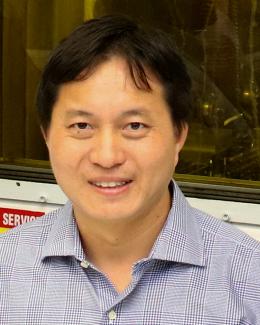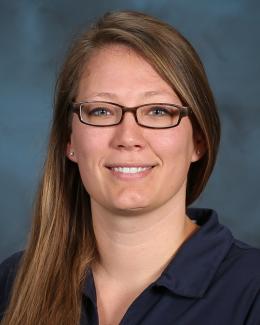Abstract
With the buildup of spent fuel inventories around the world from decommissioning activities, a tool for the efficient and effective verification of a variety of fuel types for long-term disposition is needed. Fast neutron emission tomography is a promising imaging technology that can address this problem and has been under development at Oak Ridge National Laboratory for the past two years. The goal of this capability is to detect the removal or substitution of individual fuel pins in spent nuclear fuel assemblies for international safeguards applications. The present imaging technique is based on neutron emissions originating primarily from curium-244, which is produced predominantly at the end of the exposure cycle. As a result, this technique may be sensitive not only to fuel pins that are removed or substituted subsequent to all irradiation, but also to fuel pins that are substituted and subsequently irradiated. At present, a laboratory prototype imager is under construction. The purpose of the prototype is to demonstrate an imaging capabilitysufficient to resolve individual fuel pins using commercially available boron straw detectors that can withstand the high gamma ray dose from a typical spent fuel assembly. To achieve both practical measurement durations and sufficient resolution to discern individual pins, the prototype imager employs a novel collimator design where the slits of a parallel-slit collimator are rearranged to distribute them around a ring surrounding the target fuel assembly. This paper will report on simulations and experimental results undertaken to converge on a final design, image reconstruction of sample fuel types of interest, and challenges associated.





